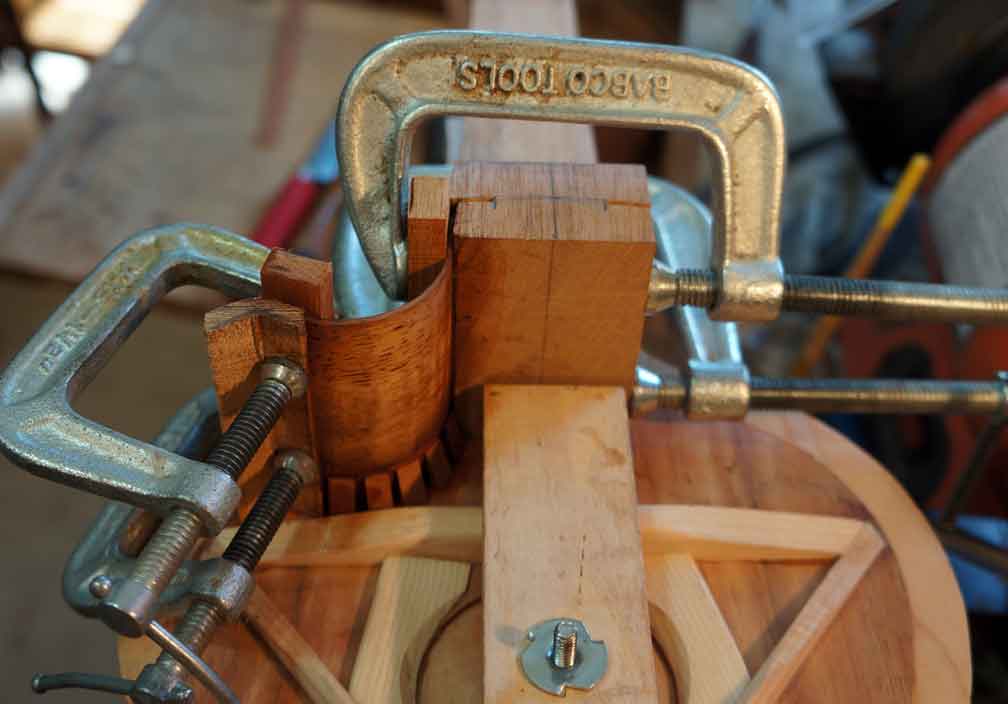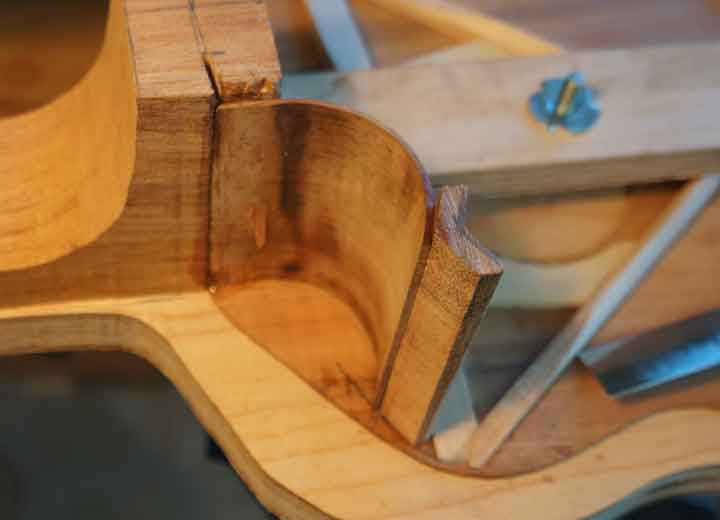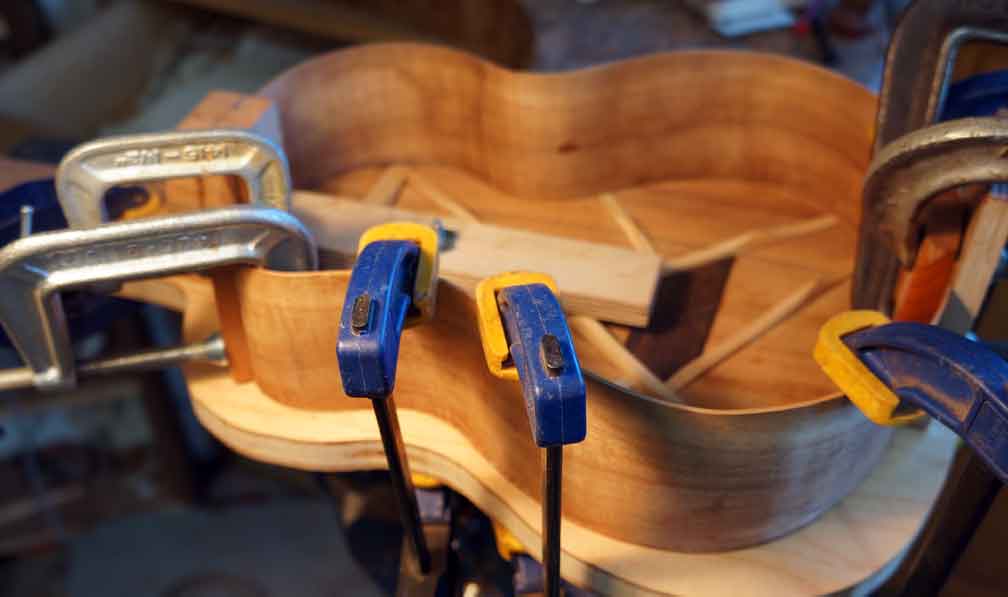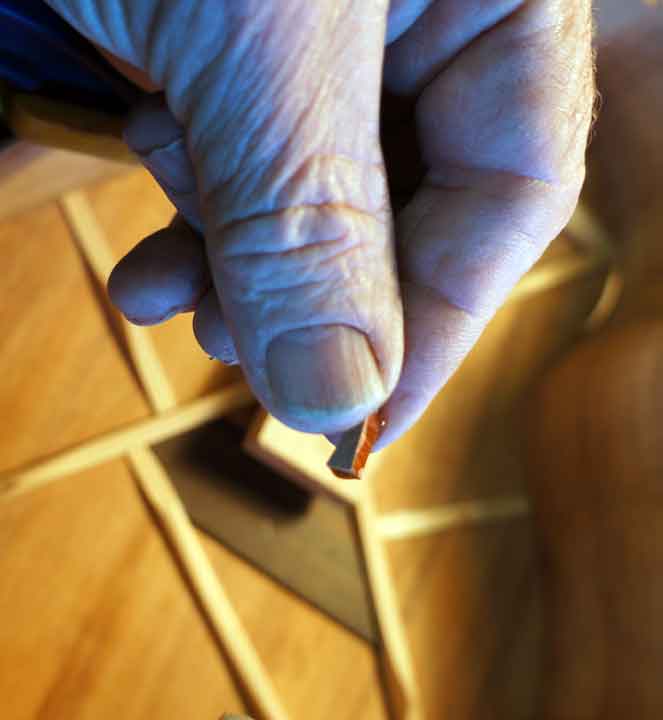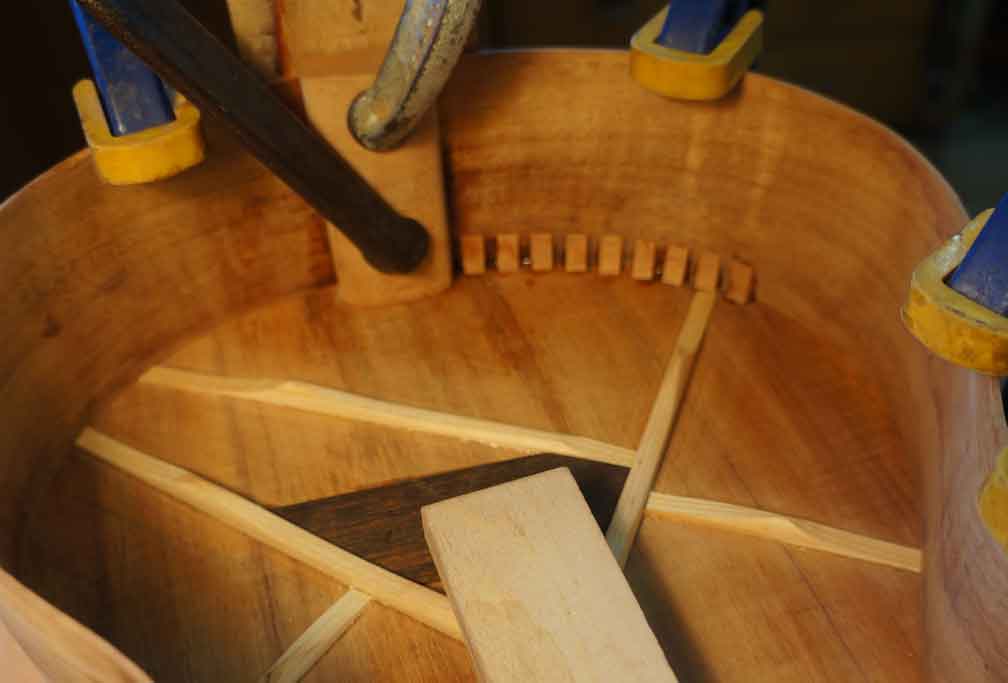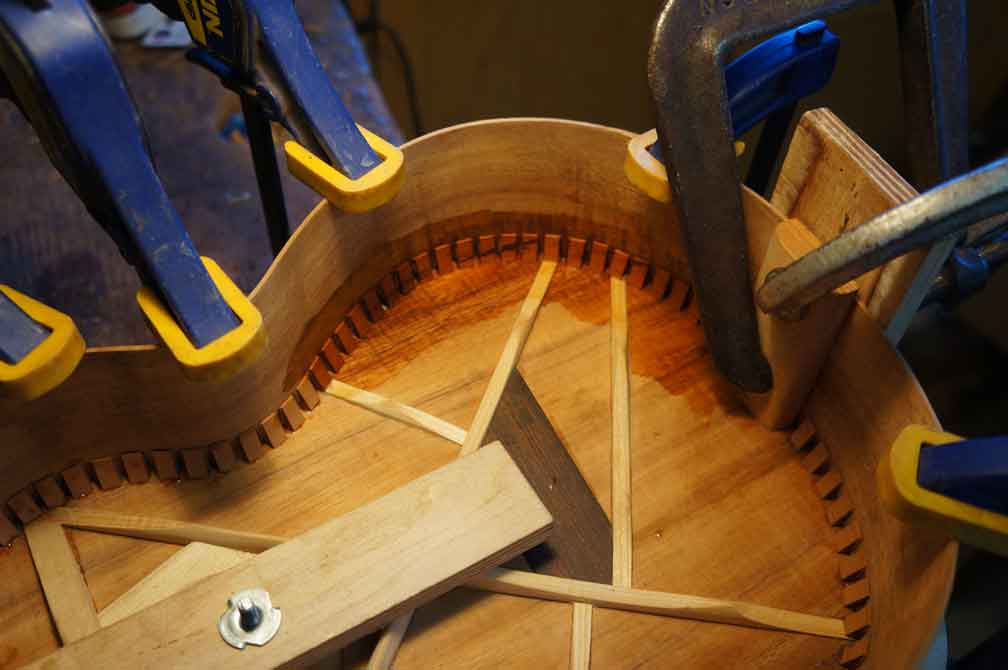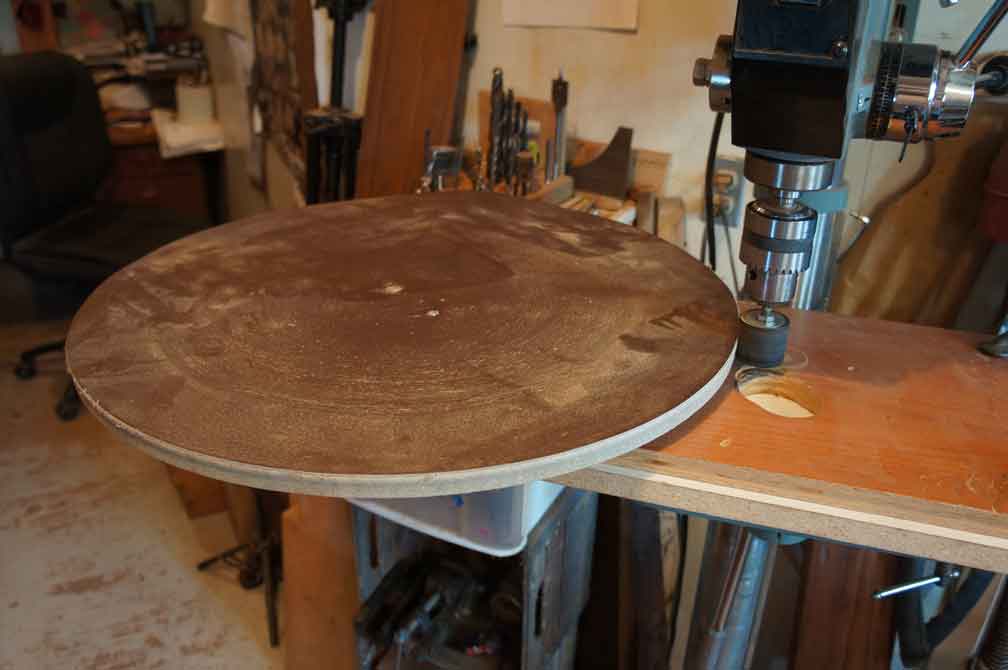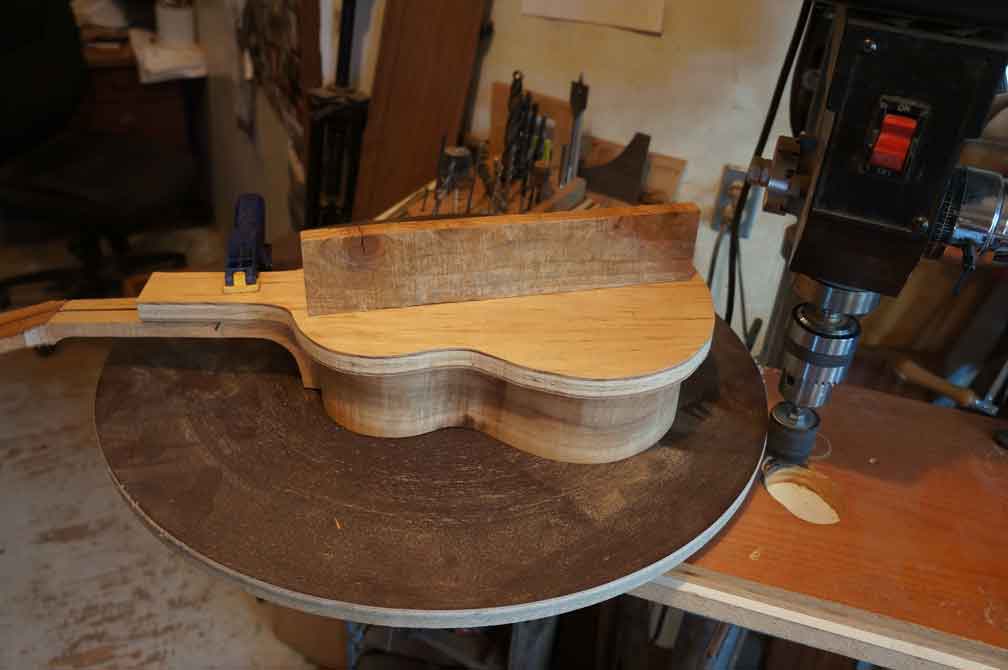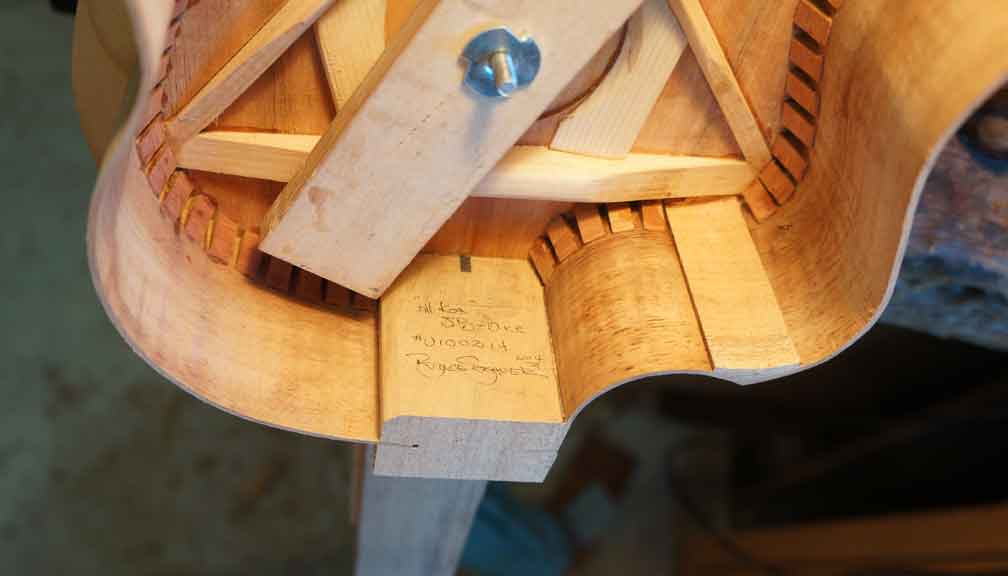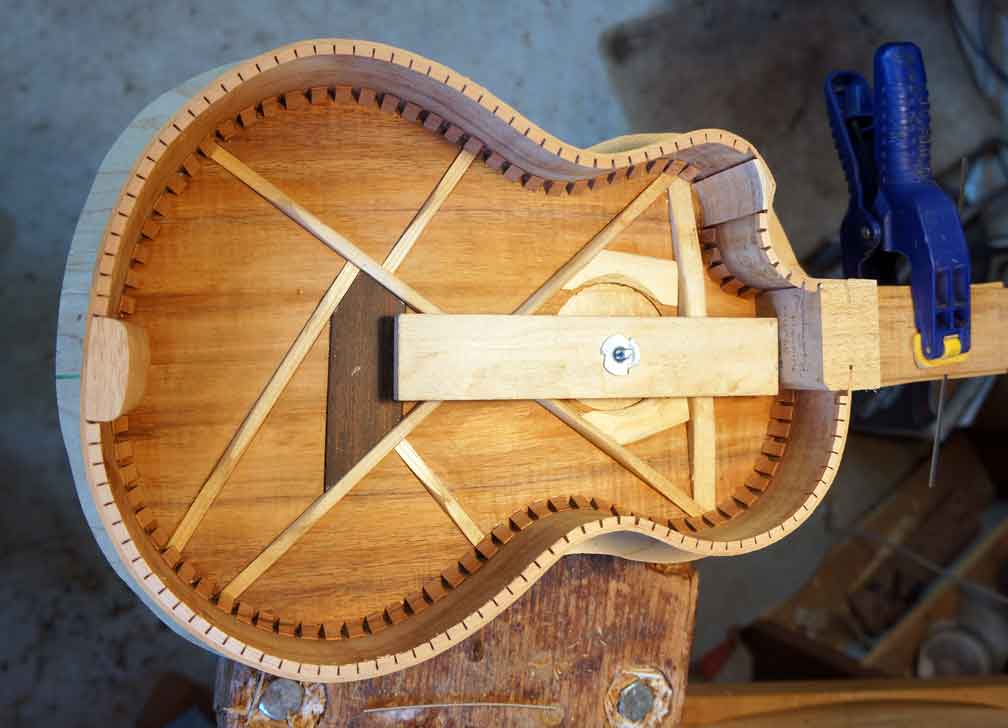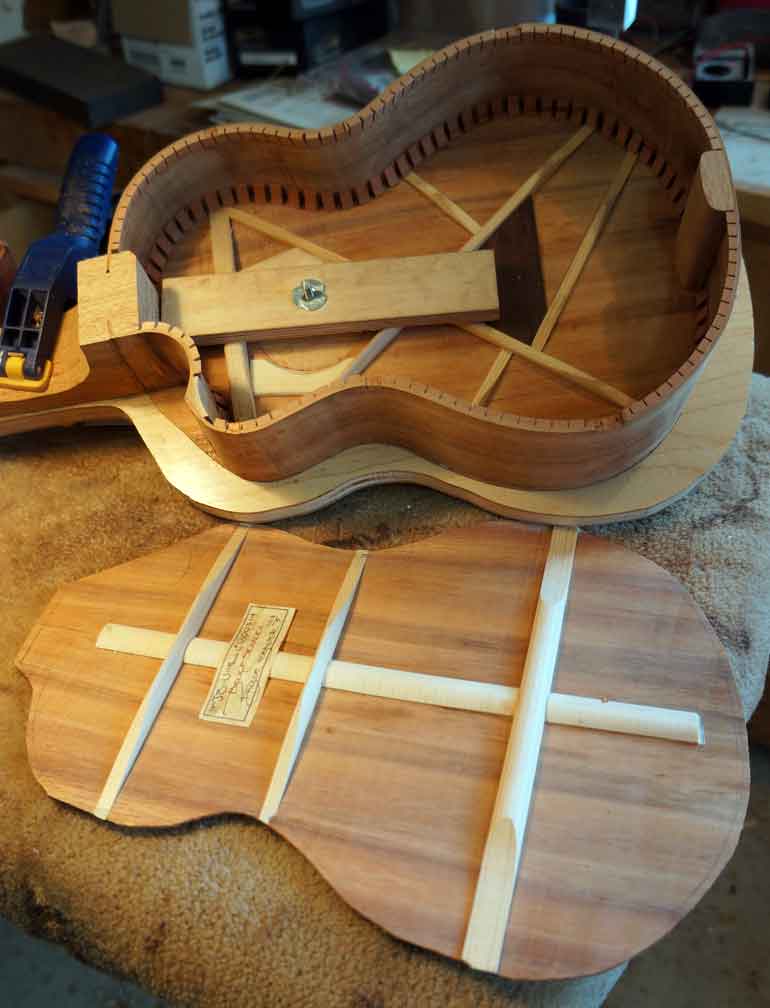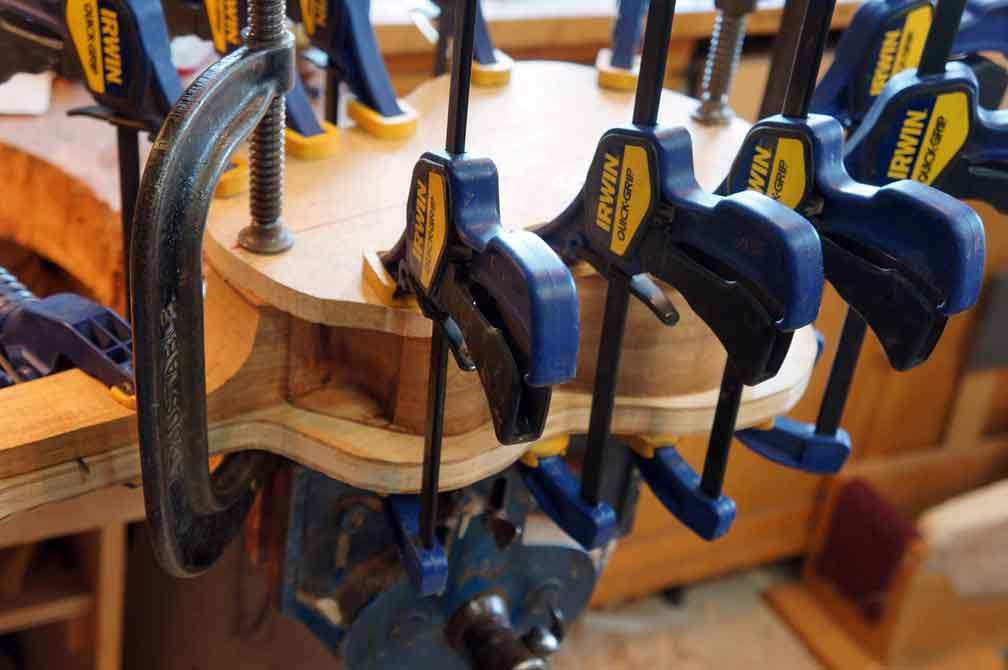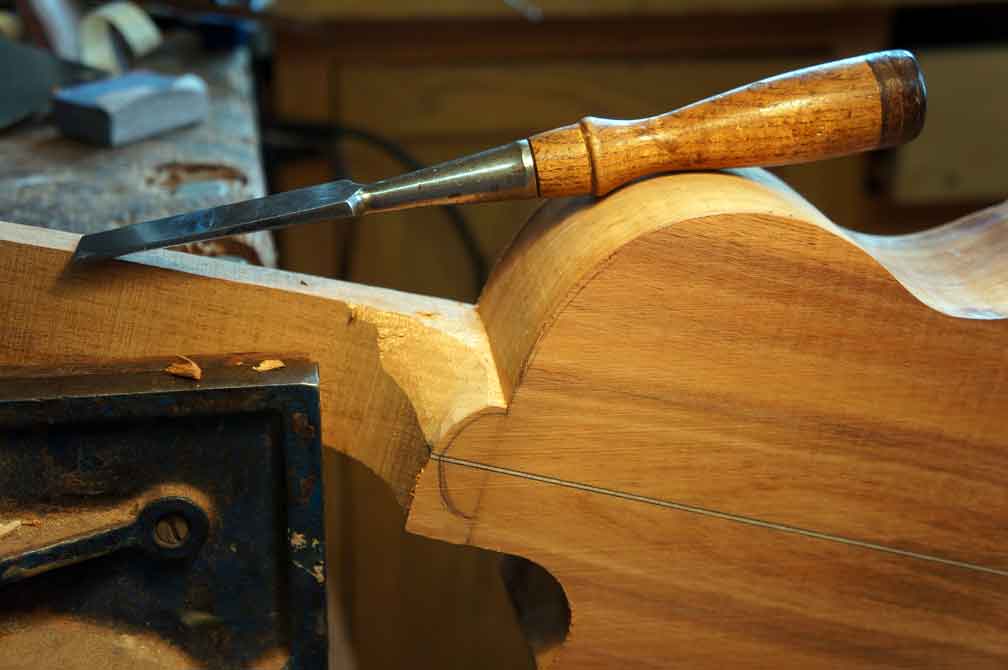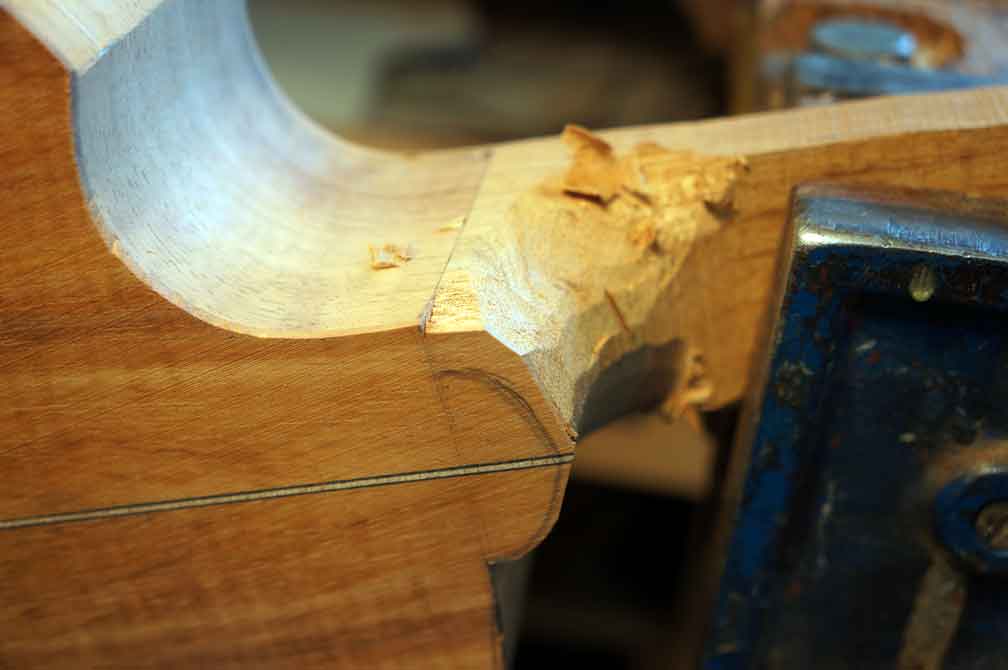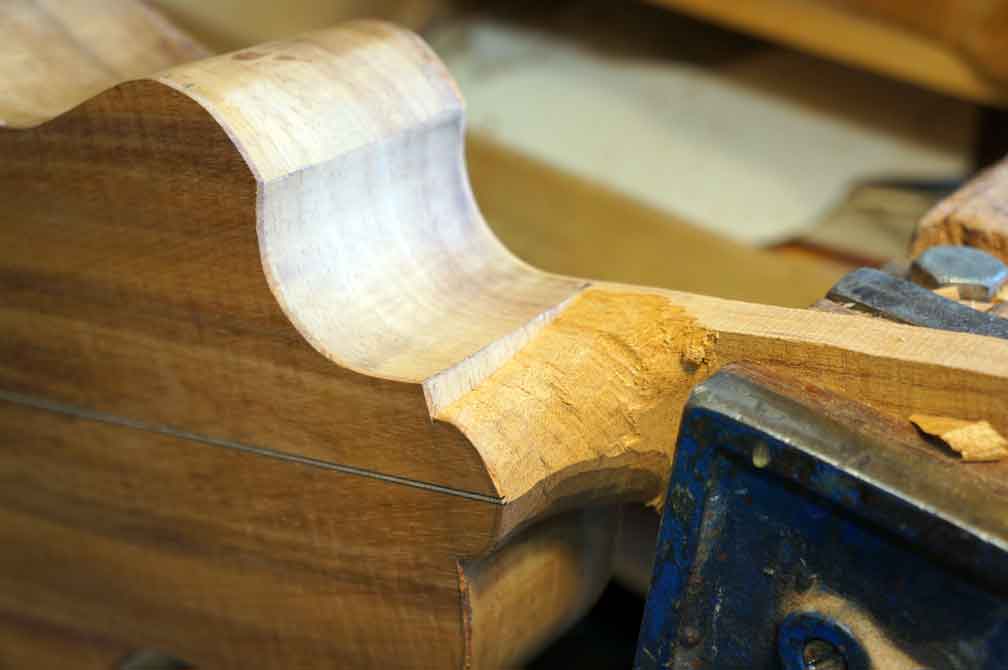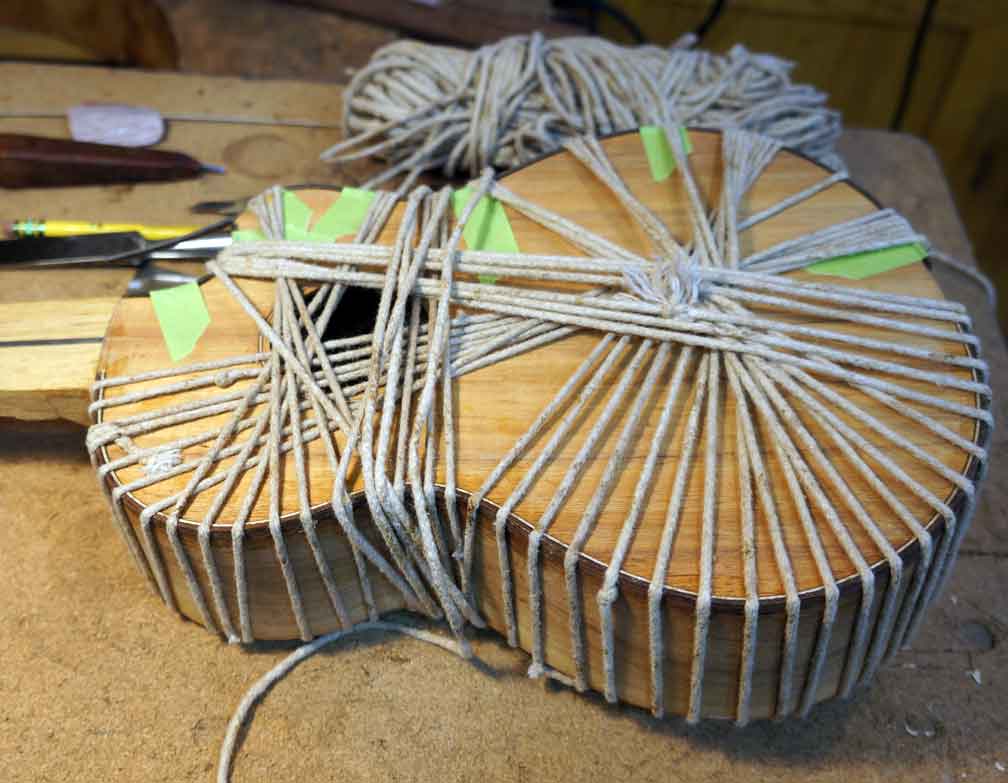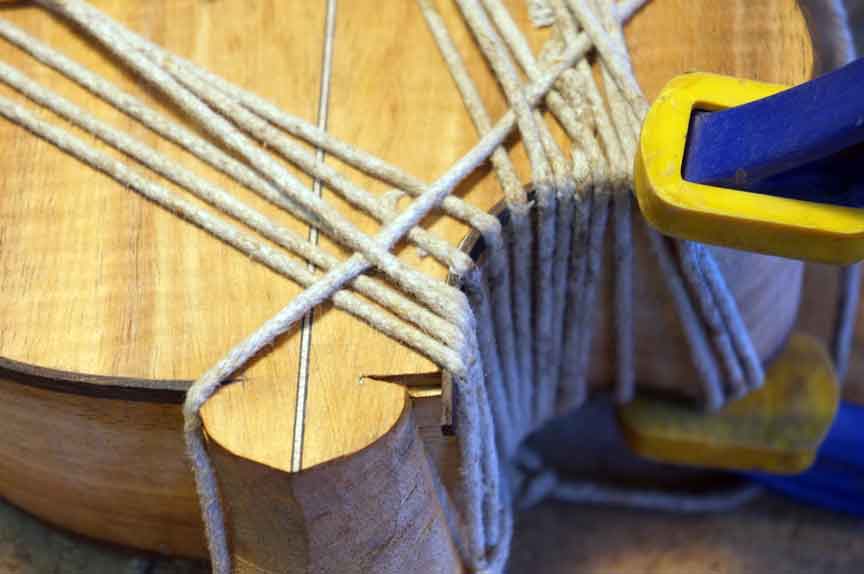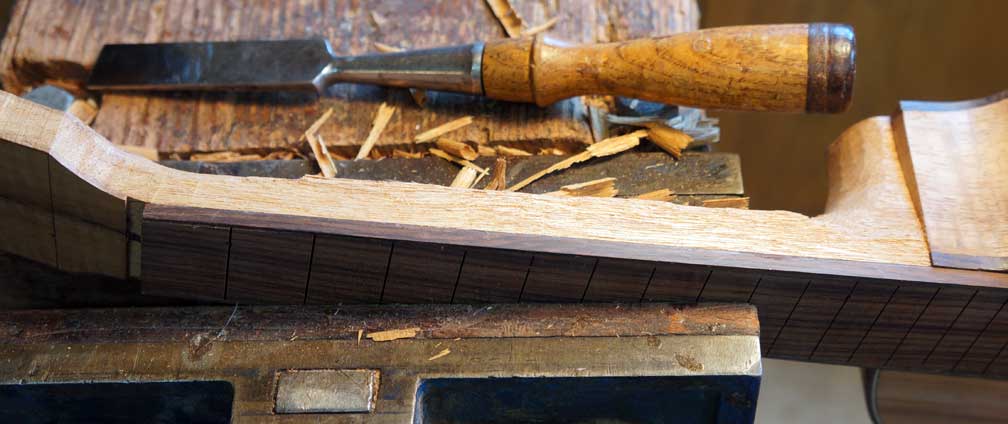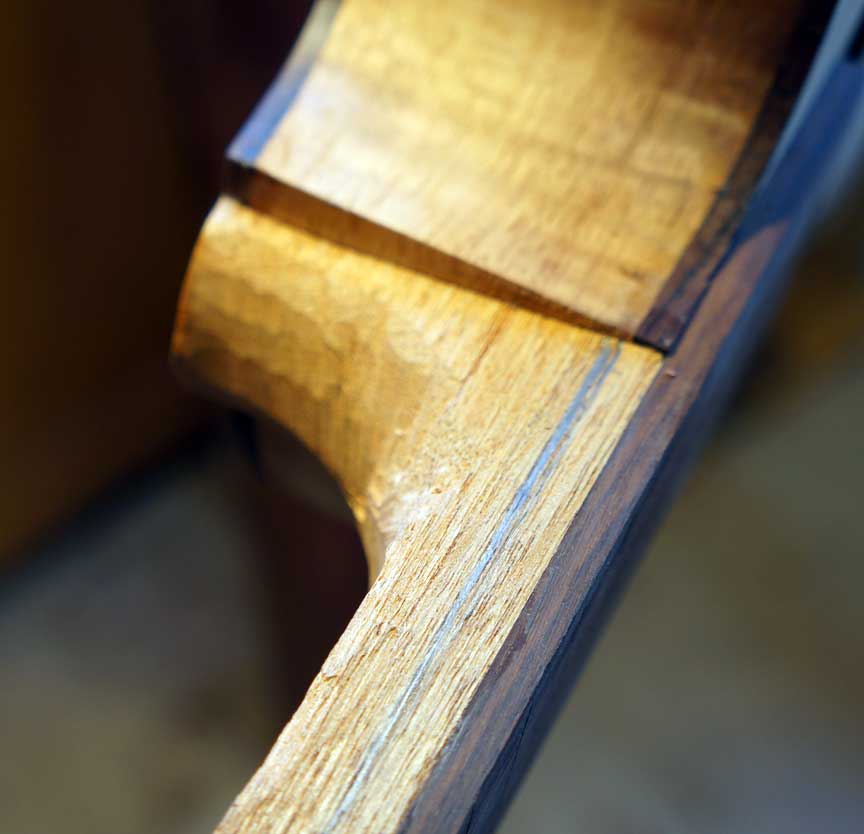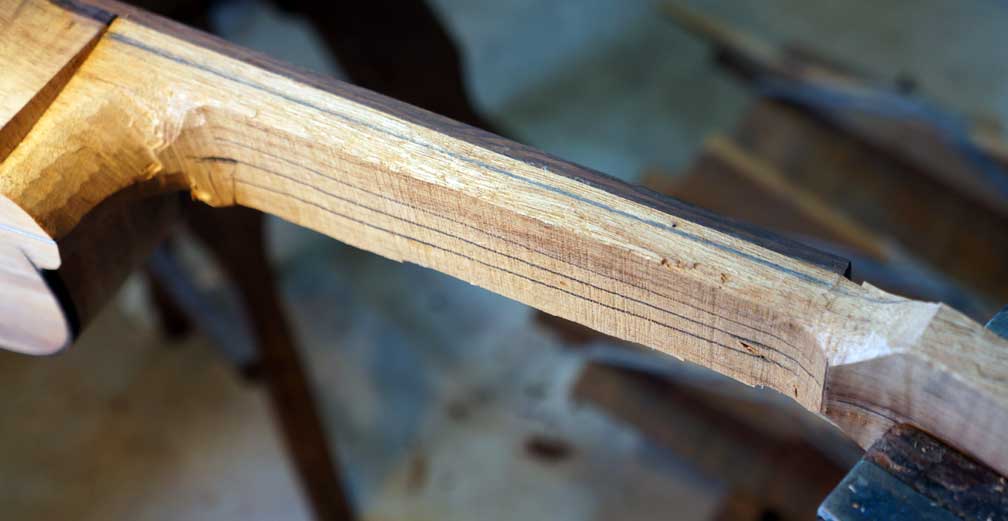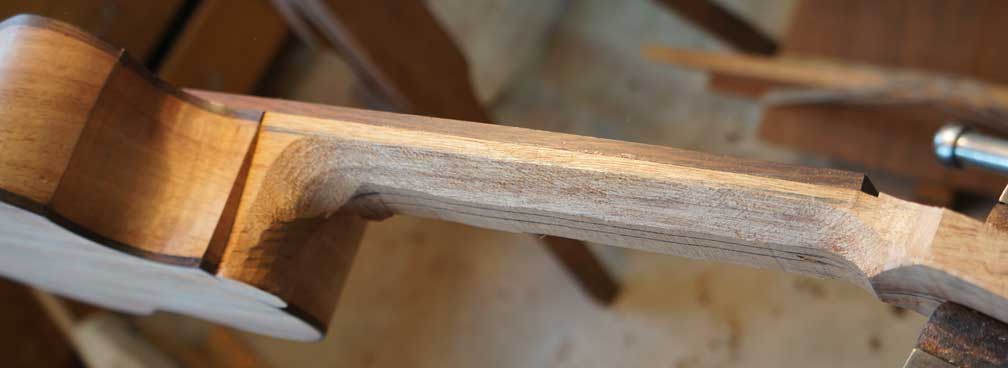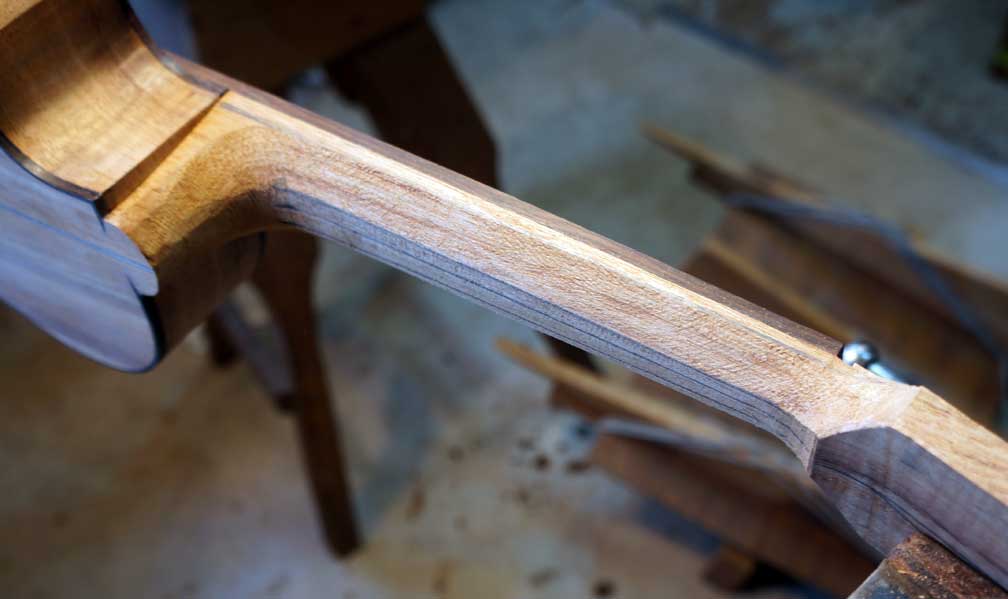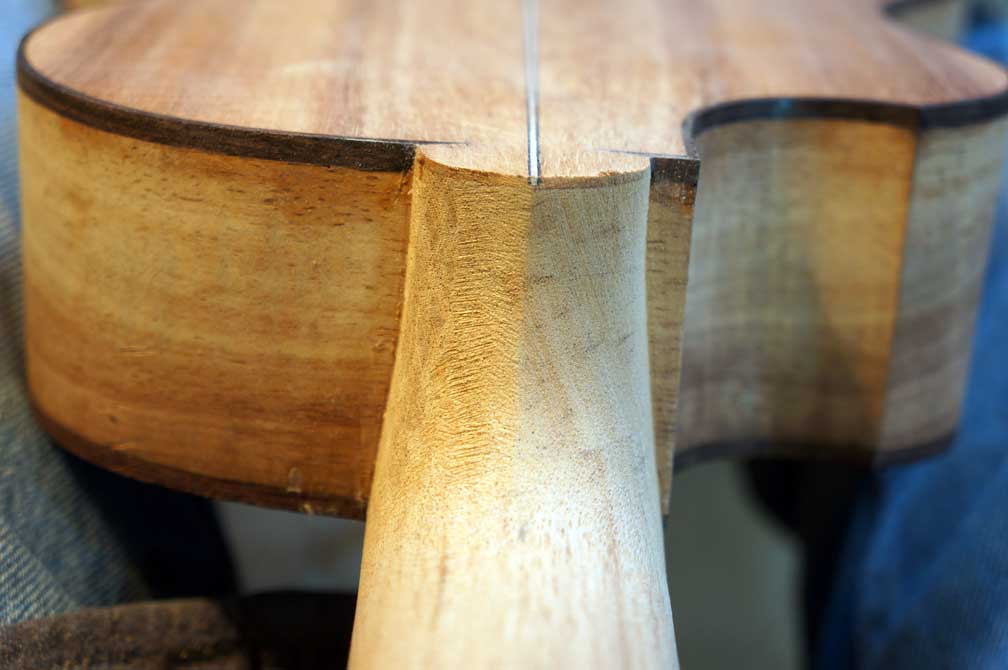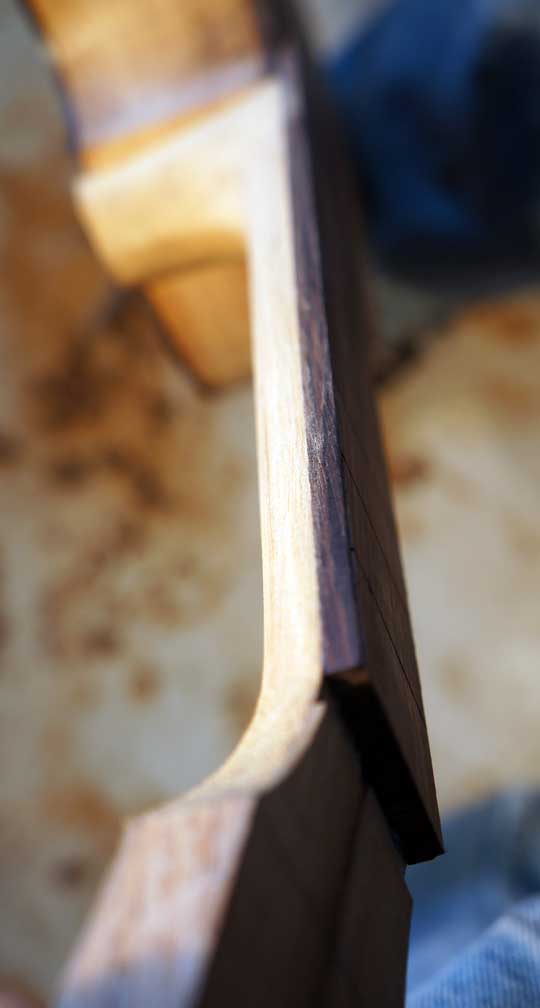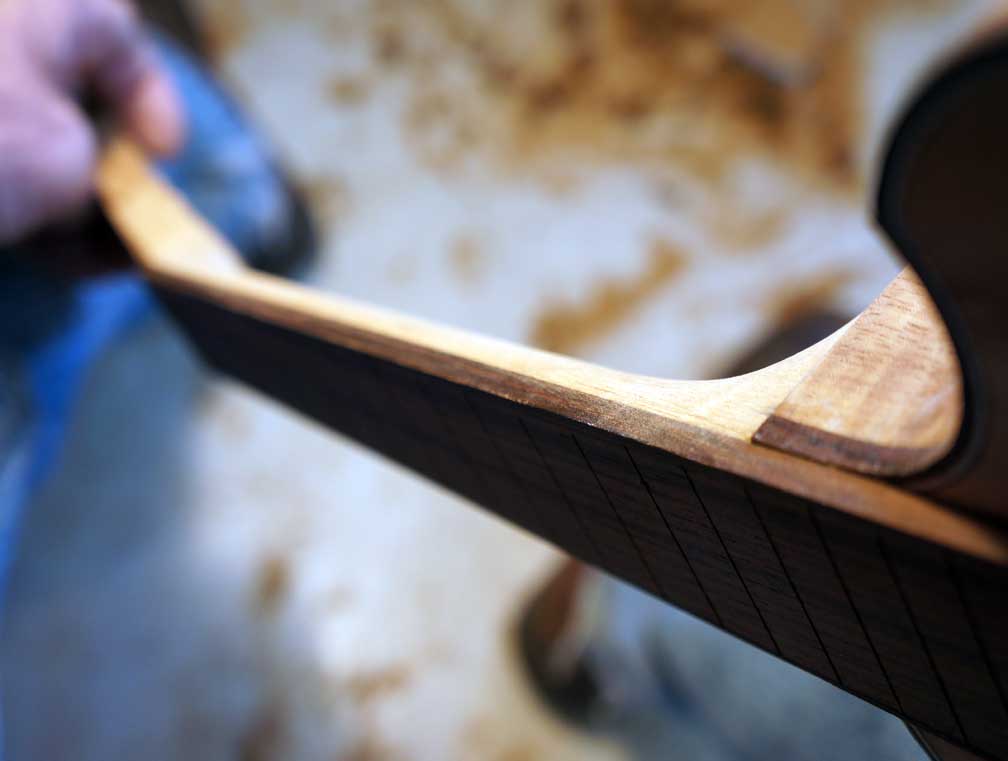Bruce Sexauer
Well-known member
This is an extension of the 2011 "Ukes at Healdsburg" thread that I sort of hijacked into being about my steel strung tenor Uke I made for that 2011 even, the Healdsburg Guitar Festival. This previous thread resulted in an order for a second JB-Uke, and that has resulted in a third which provoked me to make a 4th which is not yet done (and IS available). Also, I now have an order for a conceptually similar instrument done as a Baritone.
So, two things I want to do, one is share this YouTube video I just received of JB-Uke #2 being played by a friend of the buyer:
https://www.youtube.com/watch?v=zrxzOaipSKI
And two, ask your opinion about whether or not it is acceptable to post a "build thread" in this part of the forum. Or, if not, is there another part of the Underground where it would be appropriate? A build thread is a verbal/pictorial exposition of the building process, in this case one of my JB-Ukes. I take most of these pictures anyway for the customer, usually, and it isn't much trouble to also put them up for your perusal. This passes for a luthier's social life!
So, two things I want to do, one is share this YouTube video I just received of JB-Uke #2 being played by a friend of the buyer:
https://www.youtube.com/watch?v=zrxzOaipSKI
And two, ask your opinion about whether or not it is acceptable to post a "build thread" in this part of the forum. Or, if not, is there another part of the Underground where it would be appropriate? A build thread is a verbal/pictorial exposition of the building process, in this case one of my JB-Ukes. I take most of these pictures anyway for the customer, usually, and it isn't much trouble to also put them up for your perusal. This passes for a luthier's social life!

